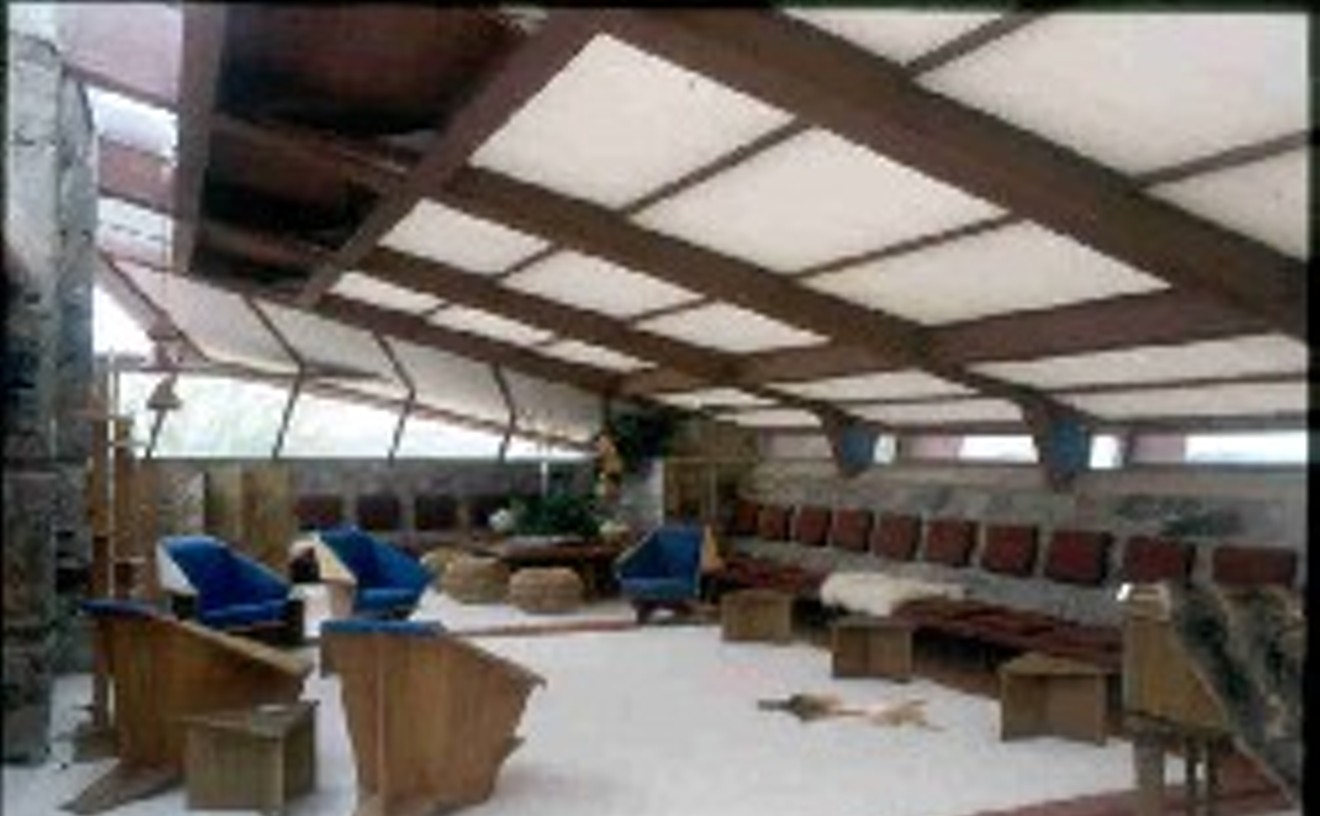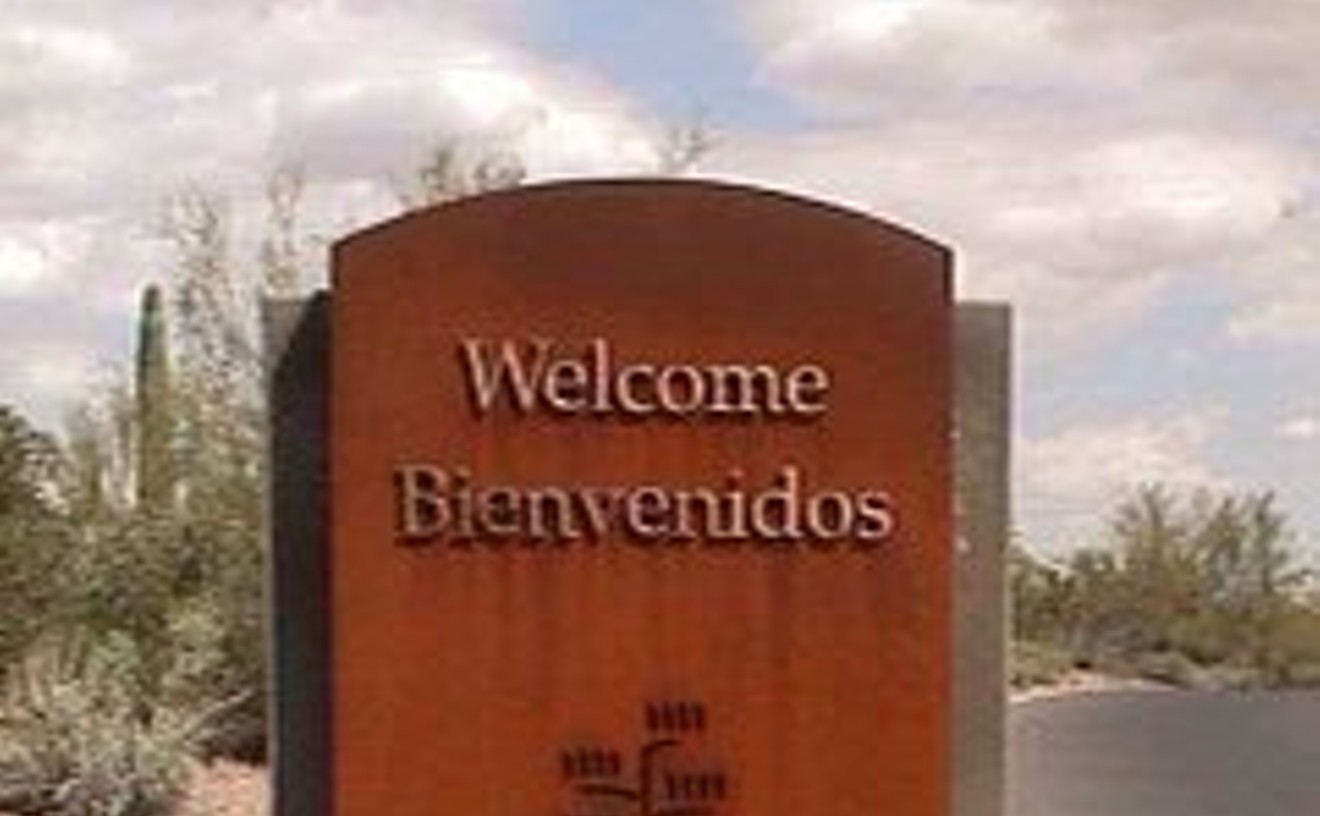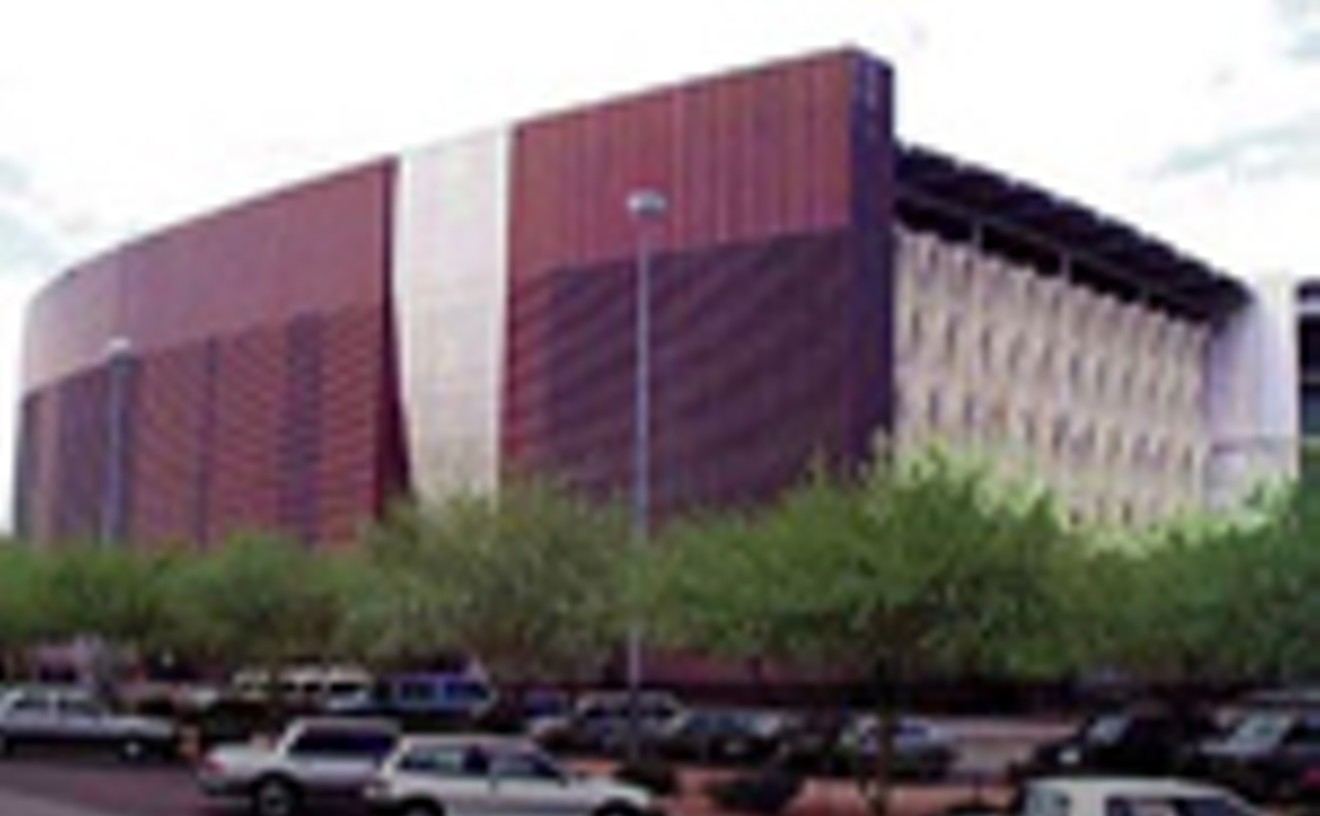More than 250,000 people attend the Renaissance Festival from February to March each year, and it's a rather distinct-looking crowd. Checking out the mix of Arizona suburbanites and carny-like employees — musicians, comedians, falconers, kings, queens, what have you — is half the reason we force our family to endure the dust, winter heat, and un-glamour of the RenFest. Here, we tend to see polo shirts, nice shorts, $110 sandals, and more tattoos than an average inmate — young people in weather-appropriate (read: minimal) clothing, since Arizona State University's an hour away.
Yet not all attendees are posers, students, or slightly upscale commoners. There are some rough-hewn types with jackboots and ear gauges the size of doughnuts — they're usually wearing a bizarre accessory like a wicked top hat, leather vest, scabbard ensemble, or something else that would get their ass kicked on the light rail west of Priest Road. Families of all types — cute kids, cute MILFs, plus the occasional 4-year-old being screamed at by their trashy mom. Of course, we wouldn't fail to mention the cute princesses with the velvet dresses and extreme push-up bras that show off just a tiny blush of areola. Winter is coming — which means turkey legs, the many other shapely legs and thighs, mead-swilling faux royalty, plus the nerds, seductresses, and warriors of the scenic RenFest.
Readers Choice: Sky Harbor Airport








